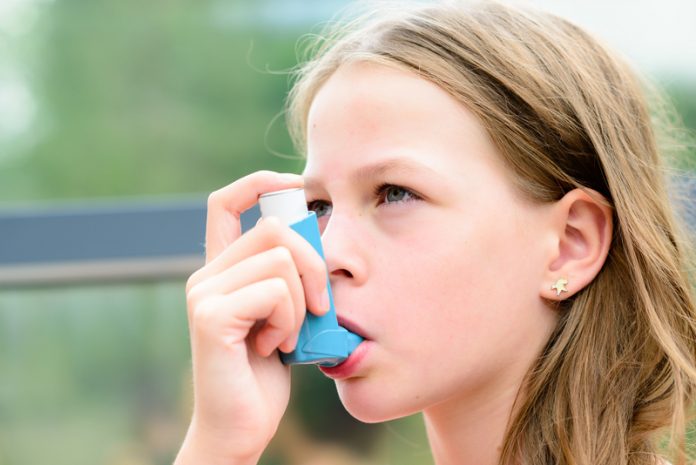New research by the National Institutes of Health challenge common practice of increasing doses at early signs of worsening symptoms in asthma
Researchers have found that temporarily increasing the dosage of inhaled steroids when asthma symptoms begin to worsen does not effectively prevent severe flare-ups, and may be associated with slowing a child’s growth, challenging a common medical practice involving children with mild-to-moderate asthma.
The research team studied 254 children 5 to 11 years of age with asthma for nearly a year. All the children were treated with low-dose inhaled corticosteroids (two puffs from an inhaler twice a day).
At the earliest signs of an asthma flare-up, which some children experienced multiple times throughout the year, the researchers continued giving low-dose inhaled steroids to half of the children and increased to high-dose inhaled steroids (five times the standard dose) in the other half, twice daily for seven days during each episode.
Though the children in the high-dose group had 14% more exposure to inhaled steroids than the low-dose group, they did not experience fewer severe flare-ups.
The number of asthma symptoms, the length of time until the first severe flare-up, and the use of albuterol (a drug used as a rescue medication for asthma symptoms) were similar between the two groups.
Child growth
Unexpectedly, the investigators found that the rate of growth of children in the short-term high-dose strategy group was about 0.23cm per year less than the rate for children in the low-dose strategy group, even though the high-dose treatments were given only about two weeks per year on average.
While the growth difference was small, the finding echoes previous studies showing that children who take inhaled corticosteroids for asthma may experience a small negative impact on their growth rate. More frequent or prolonged high-dose steroid use in children might increase this adverse effect, the researchers caution.
“This study allows caregivers to make informed decisions about how to treat their young patients with asthma,” said James Kiley, Ph.D., director of the NHLBI’s Division of Lung Diseases. “Trials like this can be used in the development of treatment guidelines for children with asthma.”











